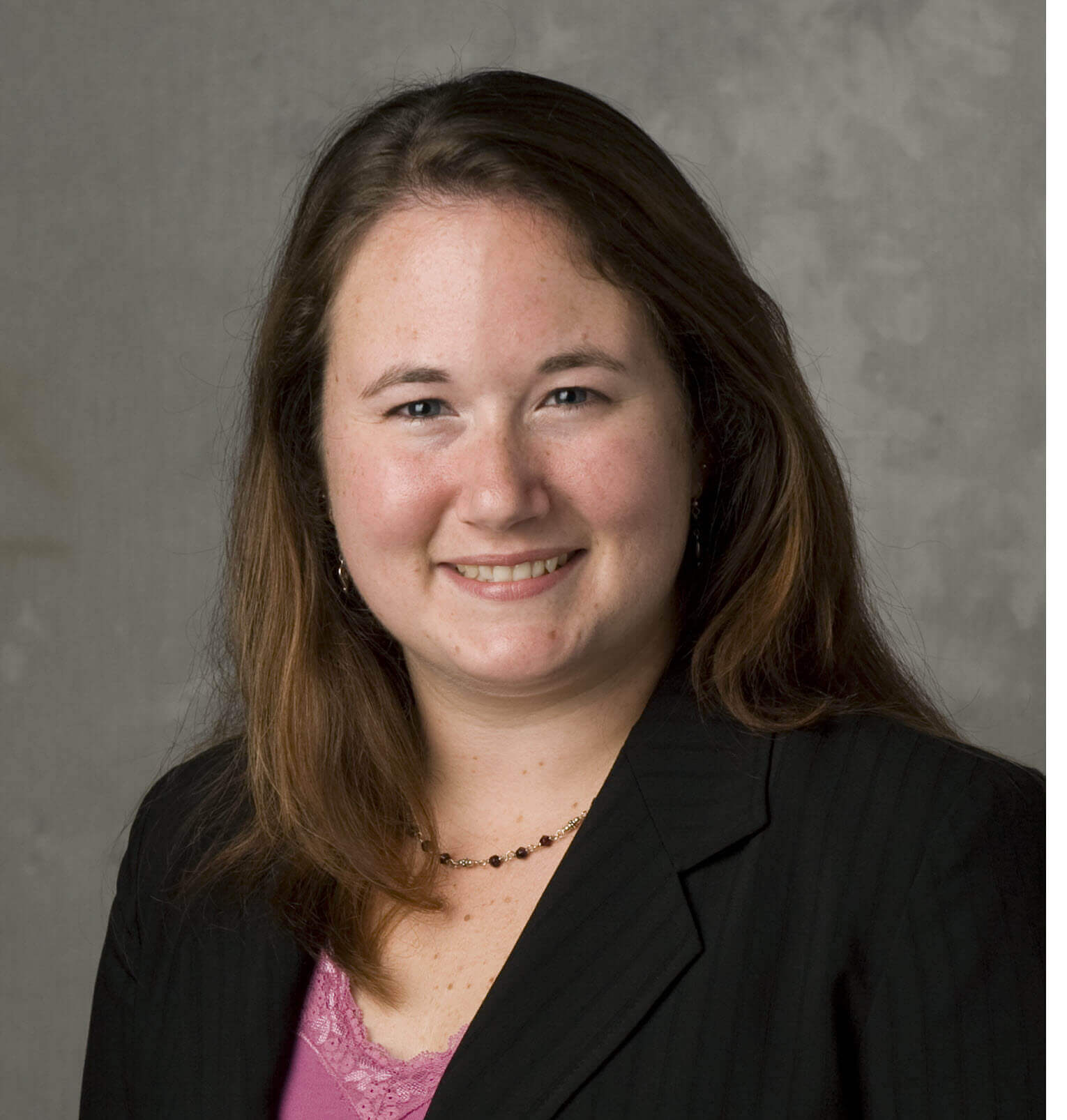Data suggest COVID herd immunity may be hard to achieve
W
hile the distribution of COVID-19 vaccines offers hope for the end of the now yearlong pandemic, new data from a Purdue economist suggest that the virus’ spread may be slowed but not stopped anytime soon.

Nicole Widmar, a Purdue professor of agricultural economics, and Courtney Bir, an assistant professor of agricultural economics at Oklahoma State University, surveyed nearly 1,000 households across the country in January to understand respondents’ attitudes toward the actions medical professionals suggest will keep people safe from the SARS-CoV-2 virus that causes COVID-19. They published preliminary data on Consumer Corner, a blog Widmar launched to discuss consumer research.
While people express willingness to wear masks and social distance, the “silver bullet” solution of a vaccine may not have enough buy-in.
“The major concern from these data is that about one-quarter of the population is opposed to getting a vaccine,” Widmar said. “That becomes a problem for reaching herd immunity.”
Herd immunity occurs when enough of a population is immune to a disease, often because it is vaccinated, and the disease cannot spread. It takes 95 percent immunity to stop measles and 80 percent for polio, according to the World Health Organization. The Center for Infectious Disease Research and Policy at the University of Minnesota suggests COVID-19 may take up to 70 percent for the population to gain herd immunity.

However, Widmar cautions that the 76 percent who are likely to get a vaccine only includes those 18 or older. Only one approved vaccine can be used on people as young as 16, and there are no approved vaccines for anyone under that age.
“From an economic perspective, if you want to get back to normal, for markets to function, people to travel, you are looking for herd immunity so the virus doesn’t have a place to spread,” Widmar said. “But kids represent this reservoir of people where the virus can continue to spread until there is a vaccine for them. If we add them to the 24 percent of people who won’t get a vaccine, there’s a large population that could keep this virus alive.
“Achieving herd immunity without a vaccine for children would mean that a far larger percent of adults would need to be vaccinated,” Widmar added.
Widmar and Bir asked respondents about their attitudes toward other measures that have been shown to slow the virus’ spread. They rated their likelihood to participate in a practice on a scale of one to five, with one being extremely unlikely and five being extremely likely.
The average scores using a five-point scale from respondents were: 4.4 to continue wearing masks in public; 4.2 to continue social distancing; 4.0 to comply with government-mandated lockdowns; 3.9 to reduce out-of-town travel; and 3.7 to limit non-essential interactions and gatherings with people in your local vicinity.
Widmar and Bir will continue to evaluate the data to learn more about people’s attitudes regarding COVID-19 protocols. Widmar’s preliminary data and her work on other consumer research can be found on her Consumer Corner website.






